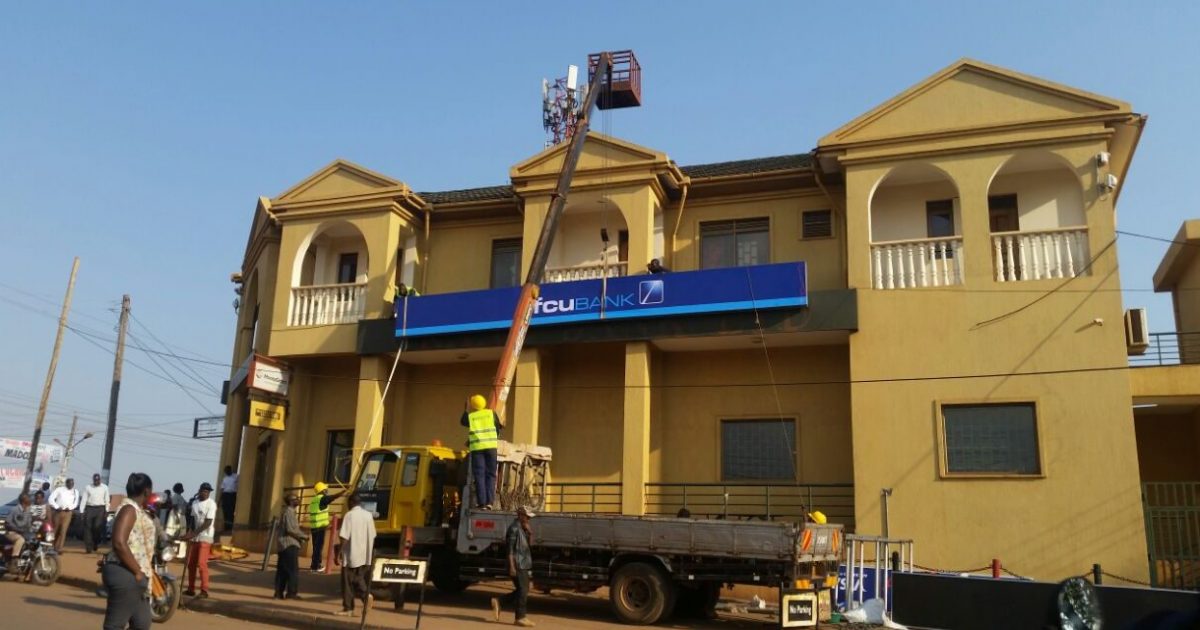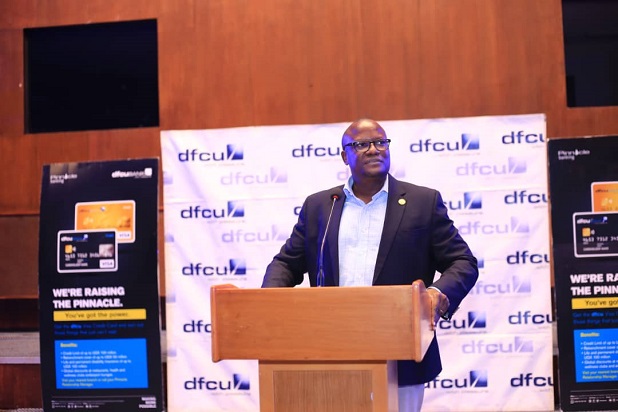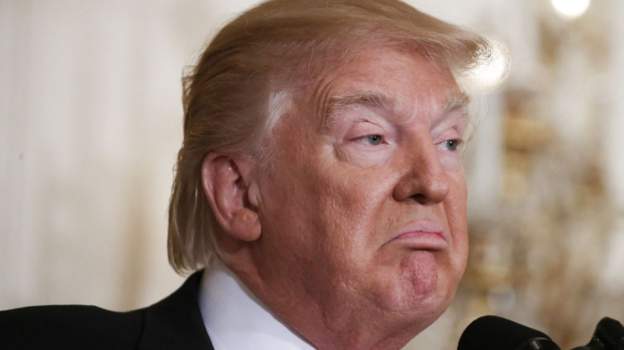Bank of Uganda (BoU) didn’t sell Crane Bank to dfcu but the latter just assumed the former freely, Dr. Louis Kasekende, the Deputy Governor, BoU has said.
Speaking at the Twenty-Year Anniversary Dinner for the Uganda Securities Exchange (USE) at Serena Hotel, Kampala on April 06, 2018, Kasekende revealed fresh secrets about the collapse of Crane Bank and its eventual sale to dfcu.
“It has been alleged that Crane Bank was sold by the BoU for a fraction of the value of its assets, ignoring the fact that a bank has liabilities, such as deposits, as well as assets. When Crane Bank was resolved by the BoU, the value of its assets was much less than the value of its liabilities. Consequently, Crane Bank had a negative net worth of approximately Shs260 billion; it was insolvent,” Kasekende said.

He added: “The BoU did not sell Crane Bank, because no one would have bought a bank with a negative net worth of this magnitude. Instead the BoU carried out a purchase of assets and assumption of liabilities transaction (P&A) with DFCU. DFCU assumed most of the liabilities of Crane Bank, including all of its deposits, and acquired assets of equivalent value. The remaining assets and liabilities not transferred to DFCU have been put into the liquidation process.”
A purchase and assumption is a transaction in which a healthy bank or thrift purchases assets and assumes liabilities from an unhealthy bank or thrift.
Kasekende said the claim that there was something suspicious or scandalous about the resolution of Crane Bank betrays a lack of understanding both about the financial realities of banking and of the means through which failed banks are resolved by bank regulators.
“The P&A transaction used by the BoU is a commonly used bank resolution tool all over the world, and it is fully consistent with the powers and responsibilities accorded to the BoU in the Financial Institutions Act,” he said, adding that the successful resolution of Crane Bank in January of 2017 was the main reason for the improvement in financial soundness indicators of the banking system.
He said the insolvency of Crane Bank was not caused by any problems in the wider economy; it was caused by its own mismanagement, not least by its extensive insider lending.
He noted that the resolution of Crane Bank through a P&A with DFCU achieved three valuable benefits for Uganda.
“First, it ensured that no Crane Bank depositors lost their money and there was minimum disruption of banking services to Crane Bank customers. Second, it ensured that there was no contagion to the rest of the banking system which might have threatened the stability of the financial system. As I discussed earlier, public confidence in the safety of their deposits in the banking system has not been undermined. Third, the resolution has minimised the costs borne by taxpayers,” he said.
Prior to the resolution, Kasekende said the BoU had to lend money to Crane Bank, through its liquidity support facilities, to ensure that the bank did not become illiquid.
“These loans from the BoU could only be partially repaid from the assets of Crane Bank. The public funds used to keep Crane Bank liquid before its resolution will only be fully recovered when the owners of Crane Bank pay back the insider loans that they took out of the bank,” Kasekende said.
dfcu Impressive performance exposes BoU
Kasekende said when Crane Bank was resolved by the BoU, the value of its assets was much less than the value of its liabilities; it had a negative net worth of approximately Shs260 billion, meaning it was insolvent.
However, a critical analysis of BoU’s arguments and dfcu’s impressive performance after assuming Crane Bank paints a different picture.
If Crane Bank had assets outweighed its liabilities, what explains dfcu’s impressive asset growth in less than a year?
dfcu’s total assets increased to a record Shs3 trillion in 2017, up from Shs1.7 trillion in 2016. This growth is largely attributed to assets acquired from Crane Bank.
Crane Bank owners led by Sudhir Ruparelia were valuing the bank’s assets at Shs1.3 trillion.
Analysts say if Crane Bank was insolvent as BoU says, dfcu’s assets wouldn’t have grown rapidly in a period of less than a year.
Sudhir’s lawyers say the Shs100bn Crane Bank branches, which legally belonged to Meera Investments Limited which is under Ruparelia Group and had been leased to Crane Bank, were fraudulently taken over by dfcu.
“The net result of these fraudulent side deals was that dfcu got a bank with Shs1.3 trillion of Assets for a net payment of just Shs200 billion (payable under side deals over a period of about 3 years),” reads a memo written by Sudhir’s lawyers, adding that was detriment of the shareholders and other legitimate creditors.
dfcu bank also recorded an impressive Shs127.6bn net profit in the year ended 31 December 2017, up from Shs46.2bn registered in 2016. This means that the profit increased by a record Shs81.4bn.
Taking advantage of Crane Bank acquisition that brought in more high net customers, dfcu bank’s loans advanced to customers increased to Shs1.3 trillion, up from Shs834.8bn.
Customer deposits also increased to Shs1.98 trillion in 2017, up from Shs1.13 trillion a year earlier.





